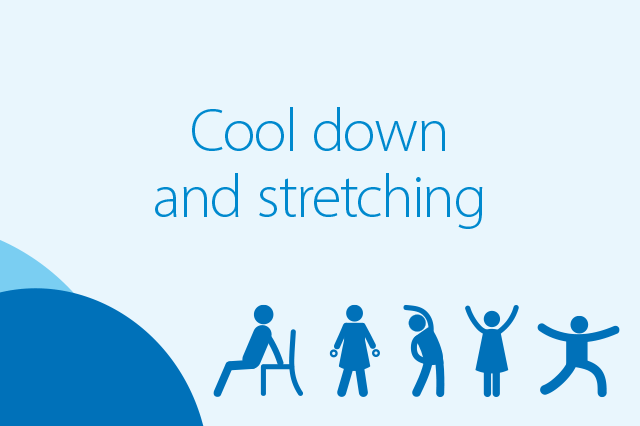Like any good book, the key to an effective workout is to incorporate a soft beginning, a strong middle and a soothing end. The soft beginning is the warm up exercises, which is done prior to the actual exercise. The strong middle is the main part of the workout. The soothing end is the cool down or body stretching, which is practiced after the workout is over.
Warm Up
Warm up helps increase the body temperature. This rise in the body temperature leads to an increased blood flow and a rise in the amount of oxygen provided to the muscles. This delays muscle fatigue and leads to an increase in muscle flexibility, thereby reducing the chances of musculoskeletal injuries.
Warm up is beneficial and significant before any type of exercise as it reduces the chances of the following ailments:
• Muscle pull
• Joint pain
• Musculoskeletal injury
• Muscle soreness
Cool Down
Cool down, often termed as ‘the recovery period’, is performed after one has completed the actual exercise. The cool down, which typically lasts for about 10 minutes, allows the heart rate, breathing and blood pressure to return back to normal levels at a slow and steady pace. It involves low intensity exercising and stretching of the muscles.
Cool down is important as it provides the following benefits:
• It decreases the risk to delayed onset muscle soreness or DOMS. DOMS is the soreness and pain felt in the muscles after unaccustomed or straining workouts. It usually occurs hours or days after the exercise is performed and is felt the most strongly for around 24 to 72 hours after the workout.
• It helps avoiding fainting or dizziness after the exercises.
• It helps in removal of lactic acid from the muscles.
• It helps in preparing ones muscle for the next time he or she exercises.








